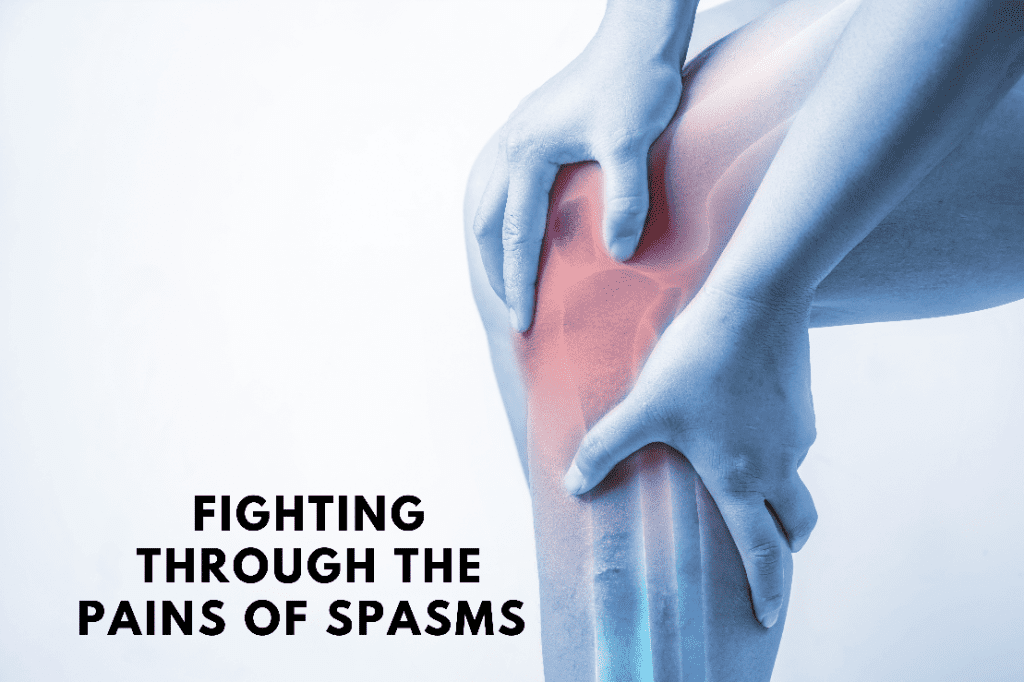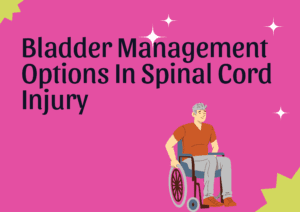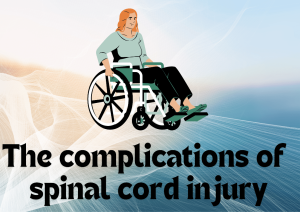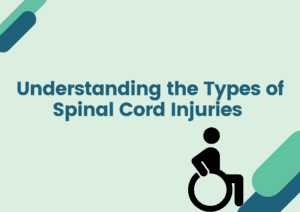
By Scihealthhub – September 11, 2024
It started as just a typical day—until I noticed a slight headache and a feeling of unease.
Later, a mild fever set in, nothing too alarming. Given my history with urinary tract infections, and the fact that I was already on antibiotics, I assumed it was something familiar.
However, living in a region where malaria is prevalent, I couldn’t dismiss the possibility of that either. So, I took antimalarial medications. When my symptoms didn’t improve, I switched to a different antibiotic, thinking it might be a urinary tract infection resistant to the initial antibiotics treatment.
Tormenting spasms unveiled
By the third day, the fever began to subside, but my relief was short-lived. That was when the real torment began. Severe muscle spasms overtook my body, escalating quickly.
Every time I tried to lie down, the spasms grew more violent, making sleep a distant memory. The muscles in my legs and abdomen moved uncontrollably, causing unbearable pain and discomfort.
As someone living with a spinal cord injury, occasional muscle spasms were a familiar occurrence. Research show that 80% of people with spinal cord injury experience muscle spasms of varying severity.
But this particular episode was different. The intensity and frequency were overwhelming.
Lying down was out of the question, as it made things worse. Sitting up in my wheelchair became a daily challenge, and on more than one occasion, I struggled to stop myself from falling out of it—especially during simple tasks like showering.
In those sleepless nights, with my body beyond my control, I questioned everything. Would these spasms ever end? Would I regain some sense of normalcy? But even in the darkest moments, there was hope. Though the pain and exhaustion tested me, I knew I wasn’t alone. My support system of family and friends kept me going, and I had learned that even in the toughest situations, resilience is key.
How I overcame the grip of spasms in spinal cord injury
After several unbearable days, I decided it was time to consult a neurologist. The spasms were relentless, and I needed relief.
The neurologist quickly prescribed a combination of medications: baclofen to reduce the spasms, and pregabalin to manage the nerve pain and spasticity.
To further enhance the effects of these medications and help with sleep, I was given a tricyclic antidepressant, amitriptyline, to be taken at bedtime.
Not only did it help ease my mind, but it also lessened any underlying feelings of depression brought on by the constant physical pain and exhaustion.
During our conversation, the neurologist suggested that a particular medication I was taking—Levofloxacin—may have aggravated the spasms. Stopping that medication was a crucial part of the plan.
The results were almost immediate. I could feel the relief beginning to wash over me as the muscle spasms lessened. The violent movements I had been fighting so hard to control finally eased up, and for the first time in days, I was able to sleep more peacefully.
Though it took time for my body to fully settle, I was grateful for the progress and the return to a more manageable state.
For anyone reading this who may also be struggling with muscle spasms, I want you to know that you’re not alone. The road may be long, but managing spasms is possible with the right support and interventions. Stay strong, stay connected, and never underestimate your resilience.
If you enjoyed this post, please press the like button, subscribe to our newsletters and follow our social media handles. Feel free to drop your comments or questions.






